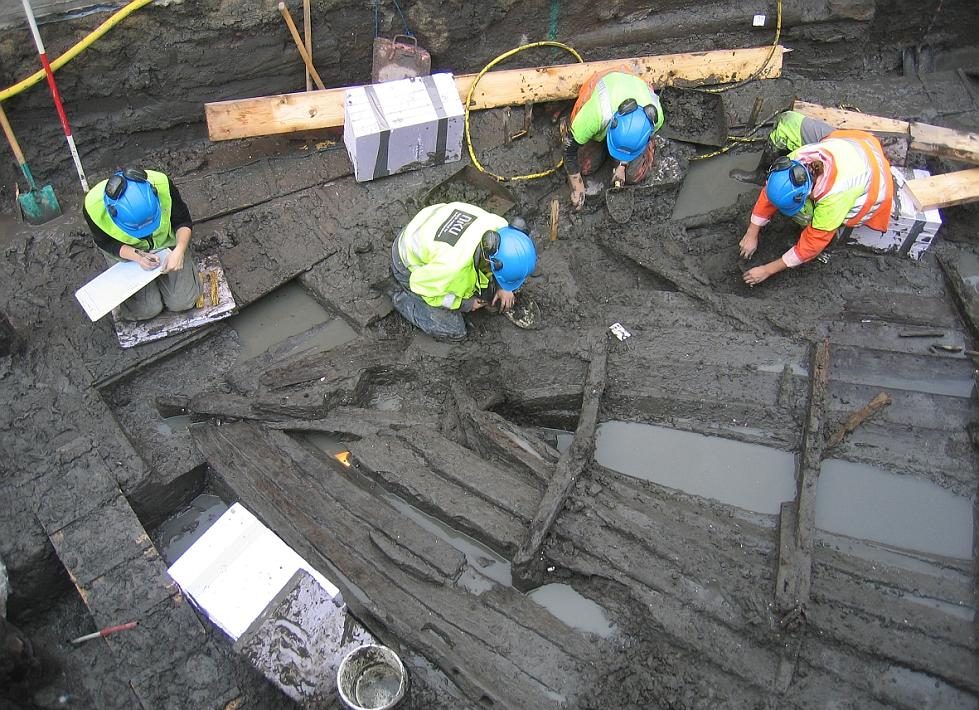
Urban Living
Investigating medieval urbanisation through bioarchaeological reconstructions of human biographies
In this project, we investigate the social complexity of medieval north European urbanisation through bioarchaeological reconstructions of human biographies.
Why did the political landscape of northern Europe, within only a few generations, transform from a rural landscape with small market places to a network of advanced urban settlements of high political significance?
Who were the people instigating the transition from rural to urban lifeforms; where did they originate; and how did the social transformation to urbanism affect their way of living?
We approach these questions through a detailed study of the first town dwellers of Oslo, one of many towns emerging in Northern Europe around AD 1000. Within the archaeological material from Oslo lies a compelling, and to a high degree unexplored, source to investigate the town`s origin – human remains from the first town dwellers of Oslo.
These represent the very first generations of the population if Oslo, likely to include people born and raised before the town existed. We aim at getting a better understanding of how ordinary people – men, women and children of Oslo – experienced and constituted the newly established town.
Through a bioarchaeological approach including isotope analyses, osteological examinations and aDNA together with traditional archaeology, we will reconstruct human biographies, from childhood to time of death, investigating aspects such as sex, age, health, illness, dietary change, relocation, biological relation and social identity.
We aim at giving voice to the ordinary people and their role in the transition to an urban lifeform.
To finance this research, NIKU is developing an application for external funding in collaboration with Museum of Cultural History.
Project period: 2019 – 2021

